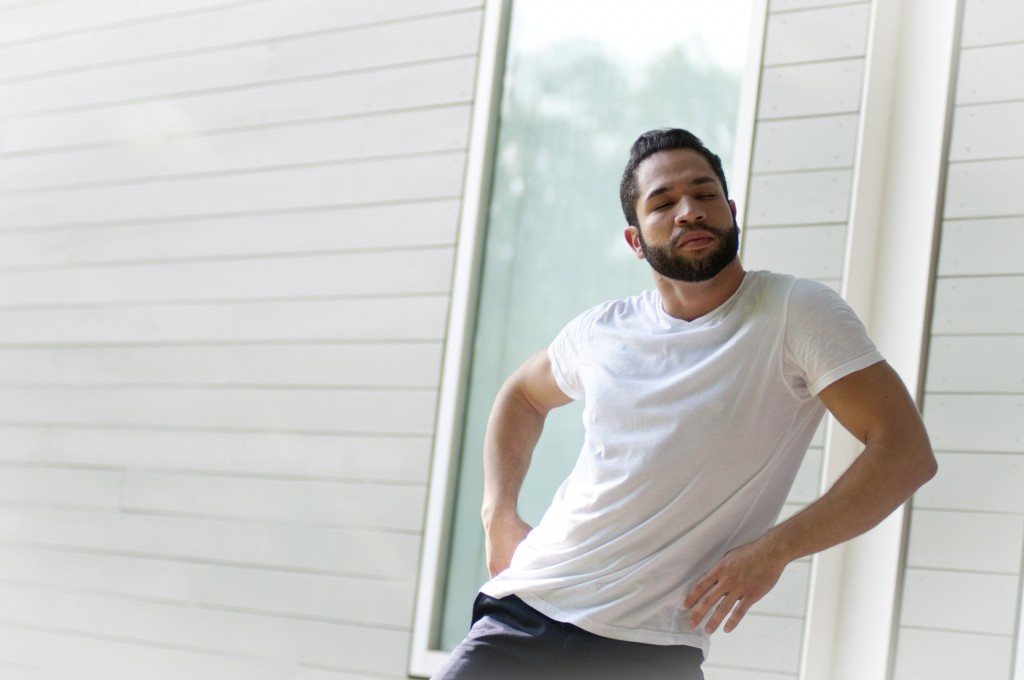Frame Dancer Profile: Alexandre Soares

Q: What first brought you to dance?
I’ve always admired dance. I remember my parents taking me to contemporary dance performances from a young age, and always enjoying them. I also grew up in a culture that had dance as part of everyday life and so it was always around me. Deciding to become a performer was taking a leap, chasing a passion to see where it would take me. It took me somewhere unexpected, somewhere great.
Q: What is your guilty pleasure?
I always try to own up to my pleasures, strip them of guilt, so it’s hard for me to say. I will admit that I enjoy sugar more than I’d like to. I guess that’s a little guilty because it’s bad for you. But I do love a good chocolate bar or, even worse, the gummies. Give me a bag of gummy bears and I’m a happy guy.
Q: What is your favorite meal?
Sushi. Indian is a close runner-up.
Q: What is your favorite quote?
Some brand once told me “Just do it.” It’s simplistic, but it’s true, especially when it comes to art — it’s so easy to get bogged down by your insecurities or the magnitude of your ideas.
Q: What is your hometown?
Salvador, Bahia, Brazil – http://en.wikipedia.org/wiki/
Q: What is something most people don’t know about you?
How to pronounce my first name. Give it a try.
Tell us a joke.
I’m terrible at telling jokes. The always fall flat. I prefer to dance them.
Q: How have you been involved with Frame?
I love being a part of Frame. I think the work that we do is really unique, and we seem to always be trying something new, which is fun. I was a part of Crease, Points and Coordinates, There’s a Height Limit, Mortar, Satin Stitch, Framing Bodies: Love Me, the Framed at the Photobooth series, and now getting ready for Context.
Q: Do you have a memorable Frame Dance moment?
Two moments jump to mind. Filming Satin Stitch was a really interesting group experience. It brought us all closer, I think, and it was one of those occasions when you found the work as you experienced it, and it became something more. Love Me was also really special. The process to develop it was unique, almost therapeutic, and I got to work with an incredible group of people.
Interviews